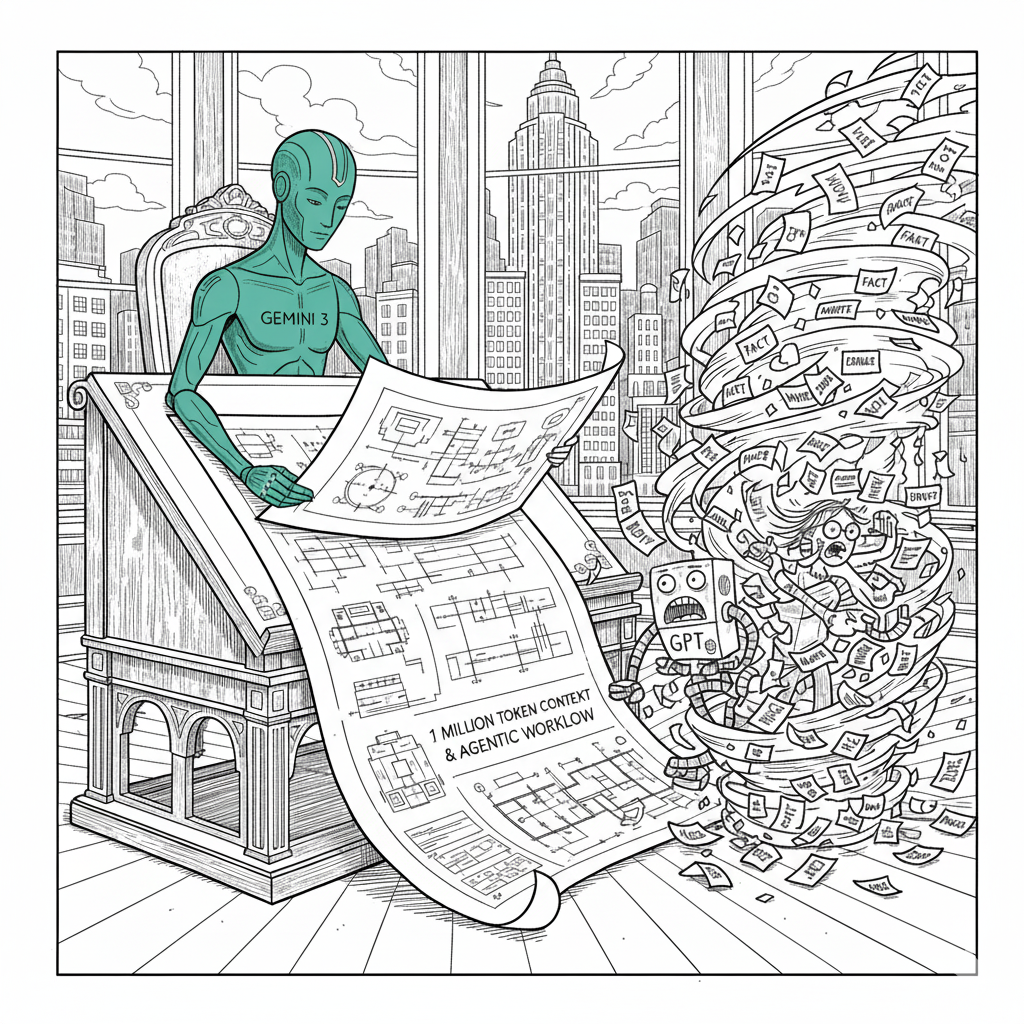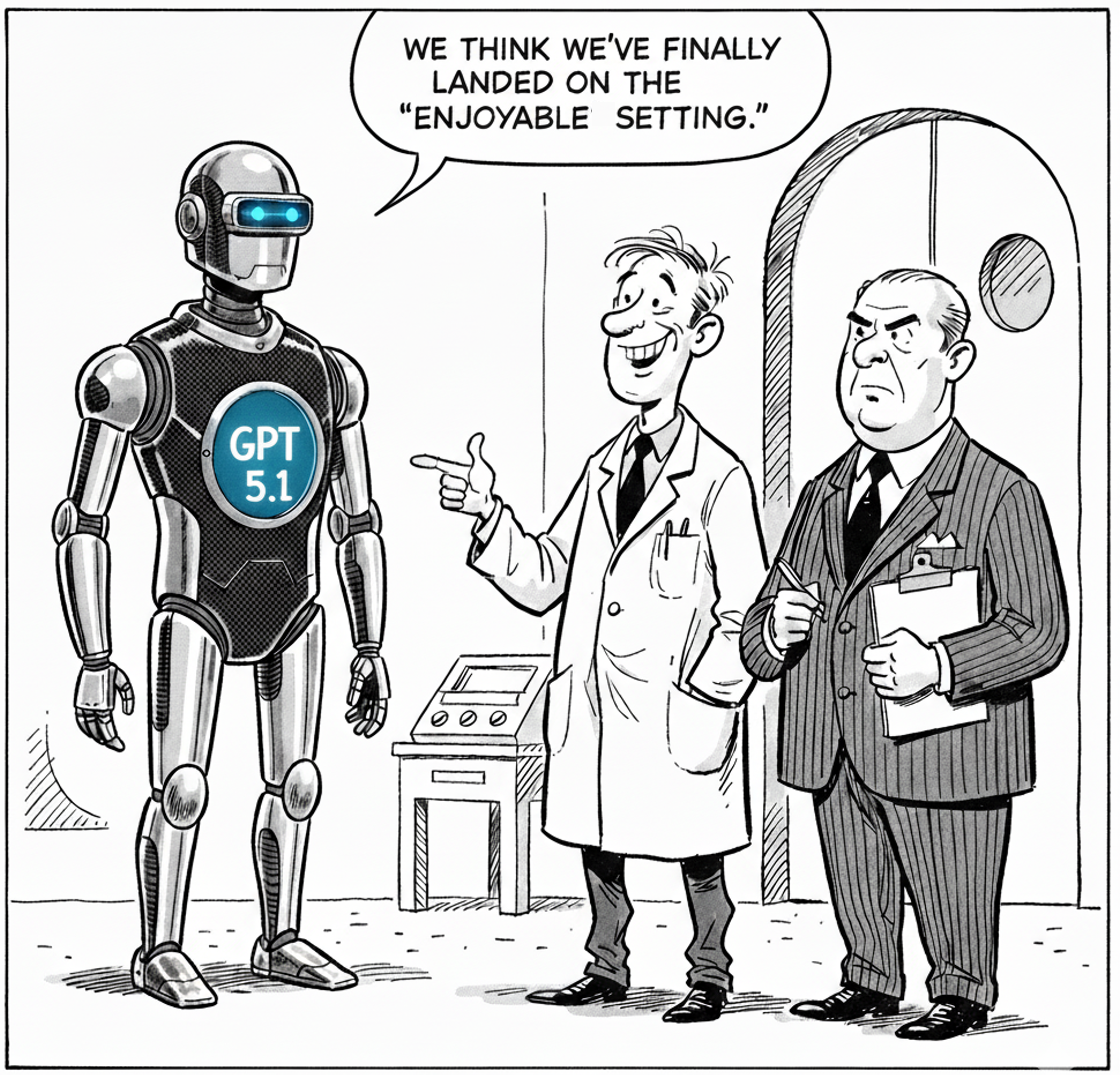Google’s Nano Banana Pro Is Released
Moving beyond stochastic generation, Google’s Nano Banana Pro leverages a "deep thinking" engine to deliver a precision-focused enterprise tool capable of flawless text rendering, logic-driven physics, and native 4K output.
In late November 2025, Google DeepMind introduced Nano Banana Pro (technically Gemini 3 Pro Image), marking a fundamental change in how artificial intelligence generates visuals. Previous systems often relied on lucky guesses, interpreting prompts as loose suggestions to be visualized through random patterns. In contrast, this new model incorporates the "brain" of the Gemini 3 Large Language Model. This integration allows the system to essentially "think" before it draws, planning out the composition and verifying facts through Google Search before rendering begins. The result is a tool designed for corporate precision rather than just artistic exploration.
Physics and Visual Logic
The query regarding "natural physics" refers to the model's ability to understand how materials should behave in a static image, distinct from the motion physics used in video generation. Nano Banana Pro differentiates between an object's shape and its surface texture. For example, in testing, when asked to create a vehicle made of food, the model didn't just paint food textures onto a car; it structurally built tires out of rolled seaweed and windows from sliced eggs. This demonstrates a logical grasp of how different materials function mechanically.
To support professional workflows, the model generates images natively at 4K resolution without needing secondary software to sharpen the results. It also handles various aspect ratios that is from wide cinematic crops to tall social media formats, while maintaining crisp details in complex textures like fabric or skin.
Typography and Information Design
Nano Banana Pro addresses one of the biggest weaknesses of earlier image generators: text rendering. Instead of treating letters as visual shapes that can be warped, the model understands them as fixed symbols. It can generate clear, correctly spelled text for everything from headlines to long paragraphs. Importantly for international business, it supports multiple languages and complex character sets, allowing companies to localize marketing materials instantly.
By combining this text capability with its search connection, the model can autonomously design infographics. For instance, if asked to diagram a mechanical device, it can look up the internal components, plan a logical layout, draw the cross-section, and label the parts accurately. This feature significantly accelerates the creation of educational content and technical documentation.
Precision and Control
To tell a consistent visual story, Nano Banana Pro uses a sophisticated reference system that accepts up to 14 input images.
Character Consistency: By uploading multiple angles of a face, users can ensure a character looks the same across different scenes.
Product Integrity: Specific items can be inserted into new environments without the AI altering their design.
Style Transfer: Users can dictate the artistic look (e.g., "oil painting") separately from the subject matter.
The model allows for conversational editing. Users can ask to change specific details, like the time of day or the color of an object by using simple language. The system intelligently masks the area and blends the changes, or adjusts global settings like lighting and camera focus (depth of field) to alter the mood of the entire image.
Cost and Competition
The computational power required for the model's "thinking" process comes at a premium. Enterprise API access costs significantly more than competitors, around $0.24 per high-resolution image. While Midjourney remains a strong competitor for purely artistic and aesthetic creations, and open models like Flux offer advantages in privacy and atmospheric lighting, Nano Banana Pro distinguishes itself through utility. Its ability to follow strict instructions, render perfect text, and integrate with office software positions it as a productivity engine rather than just an art tool.


